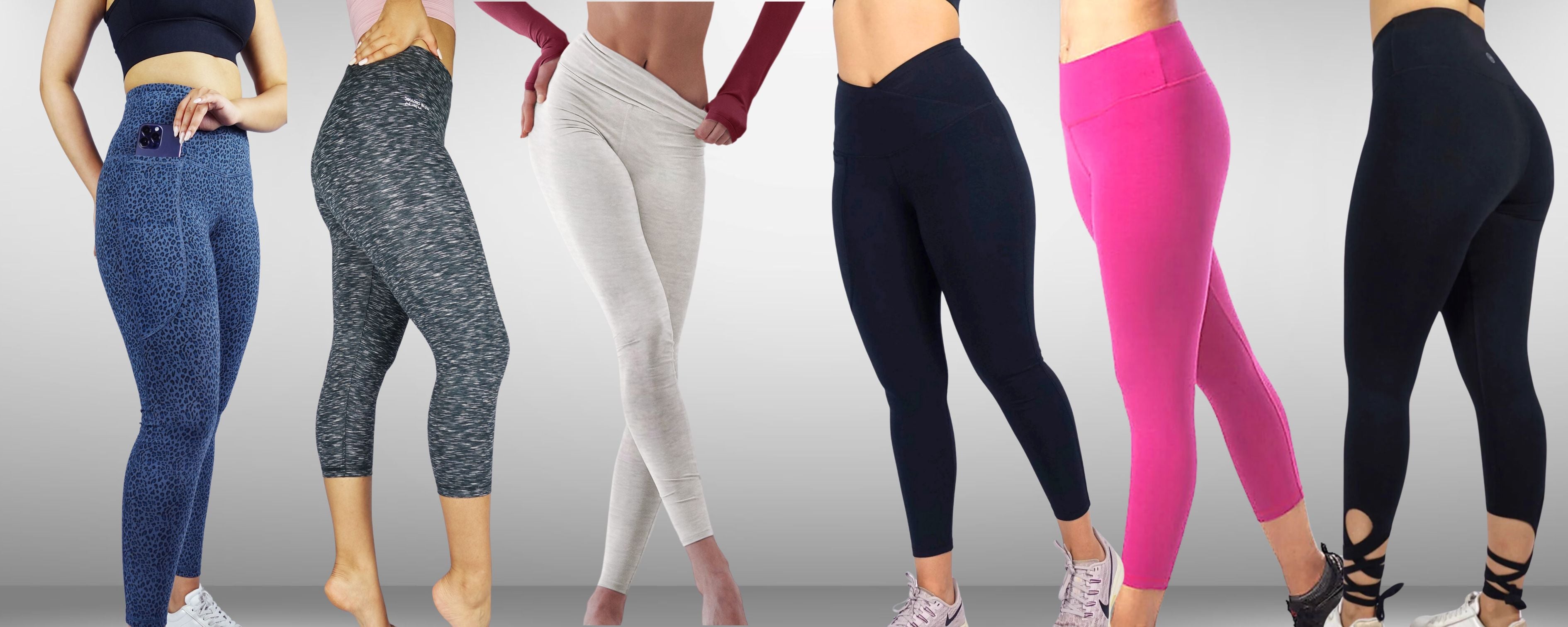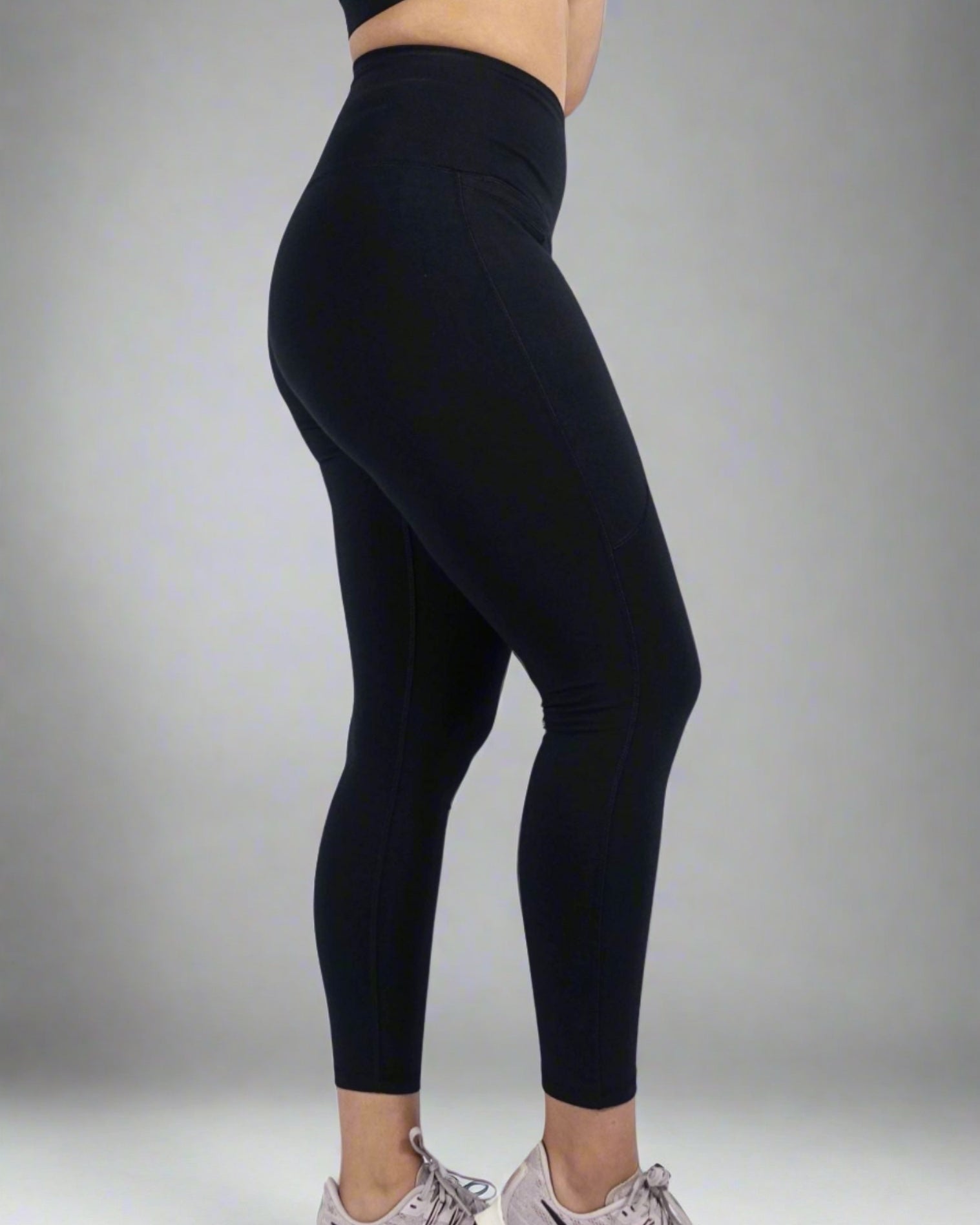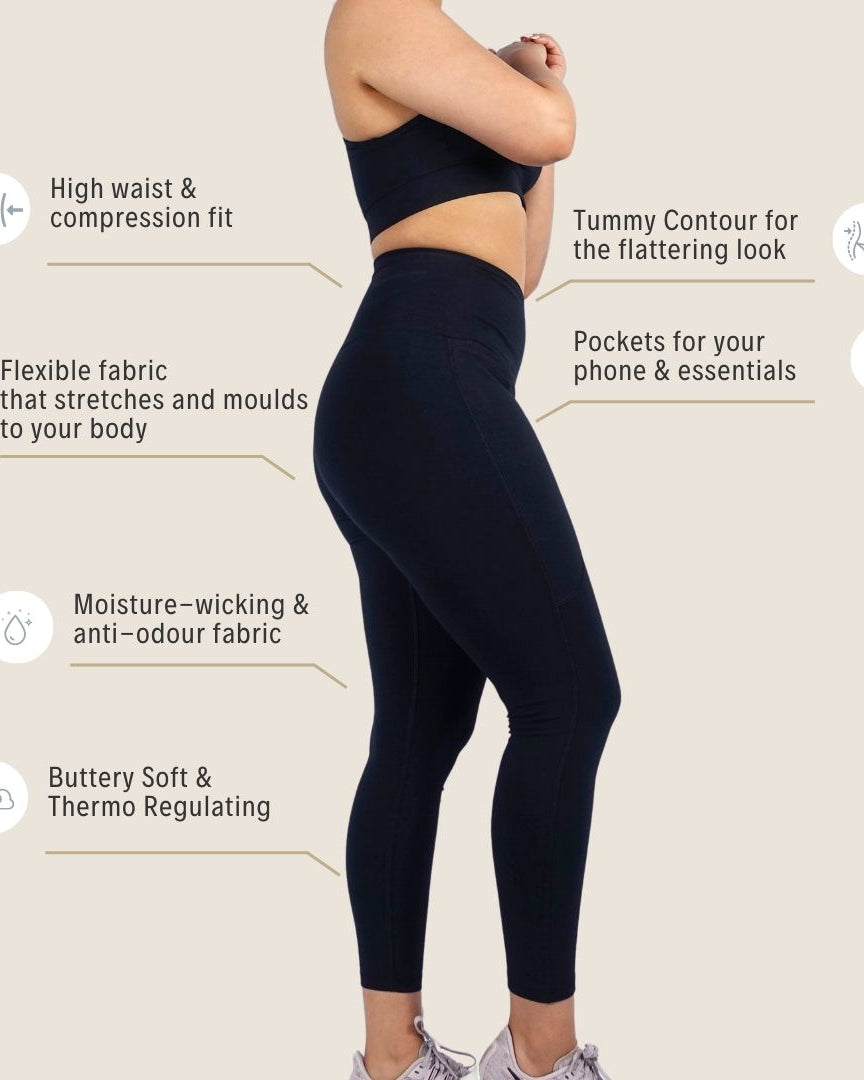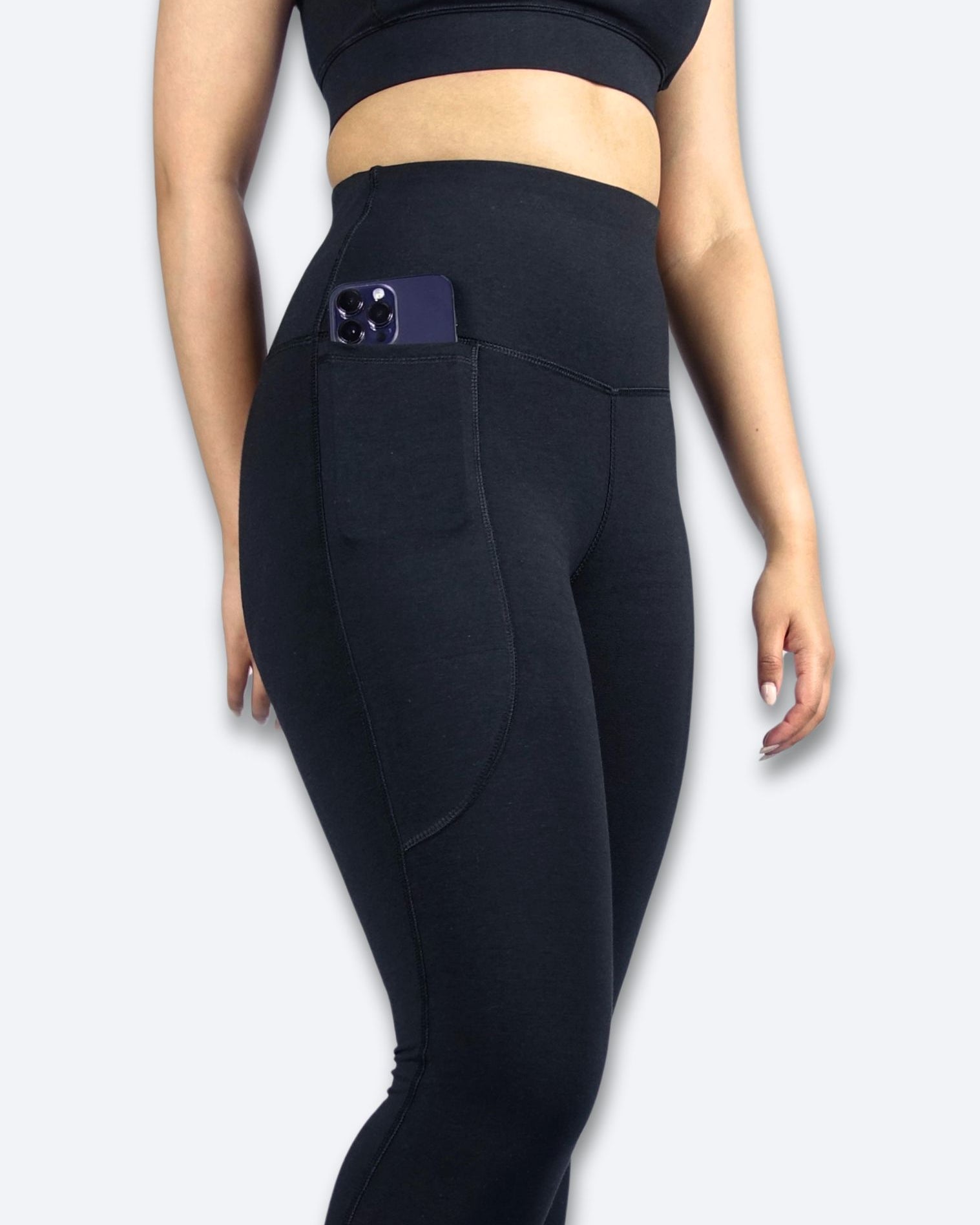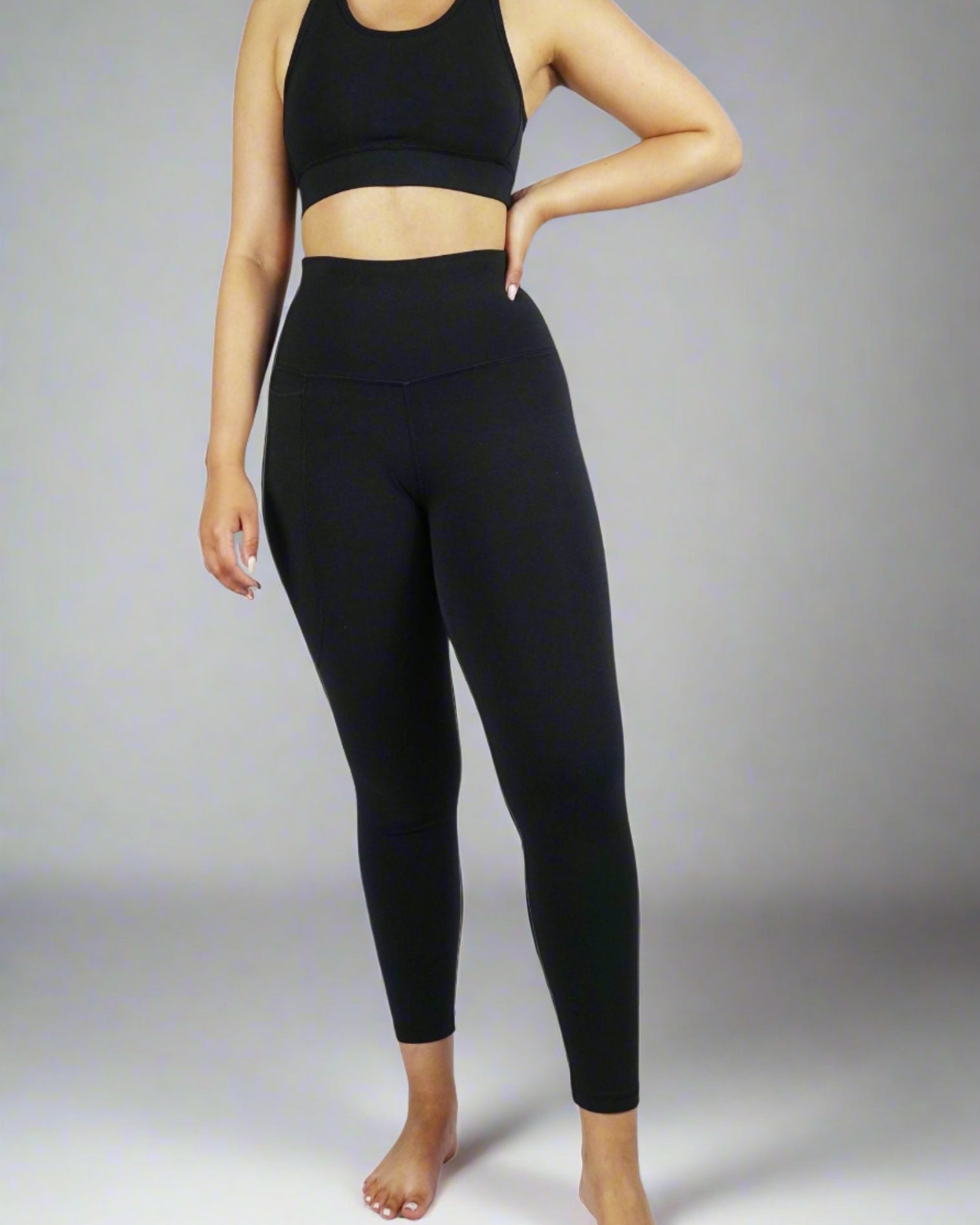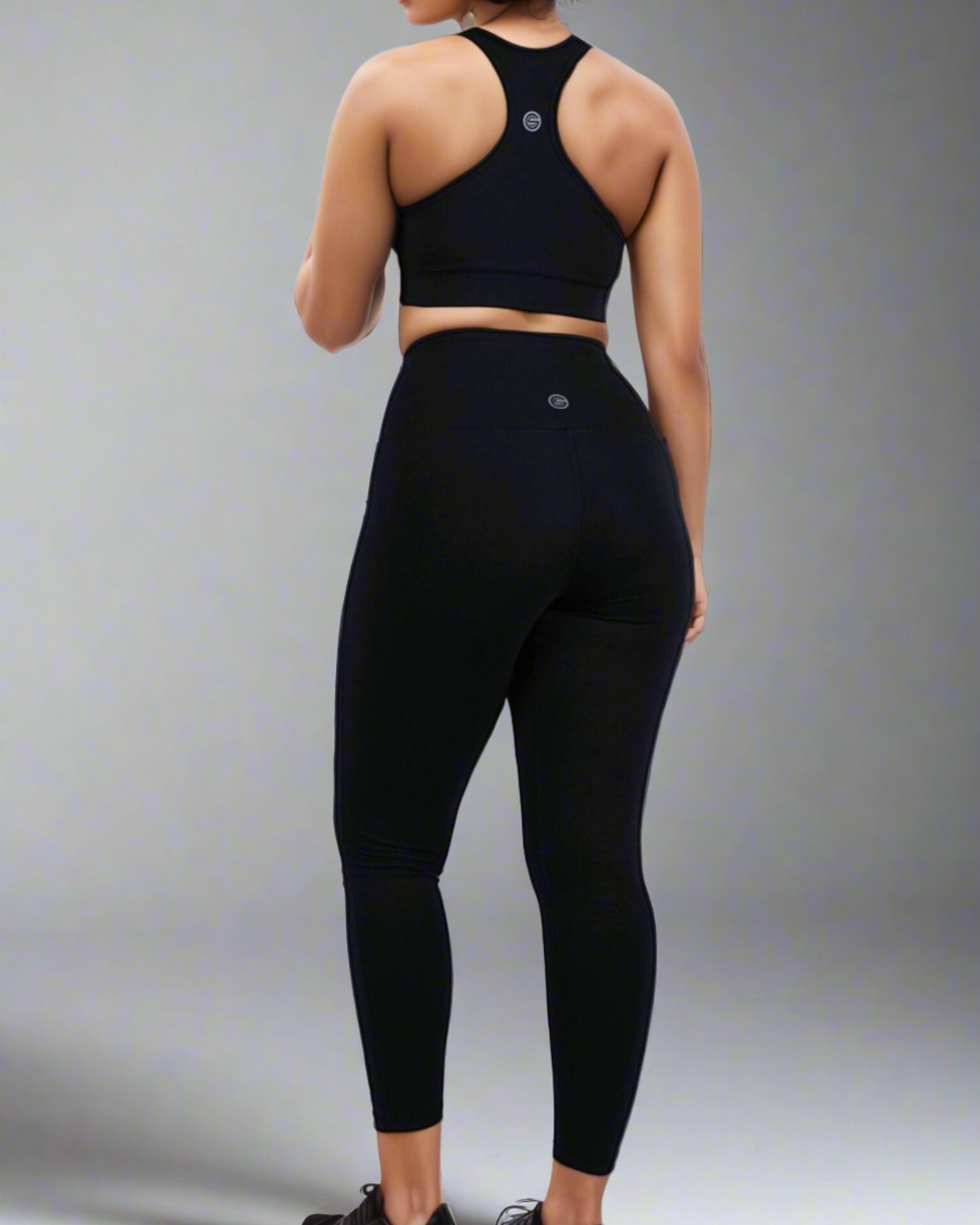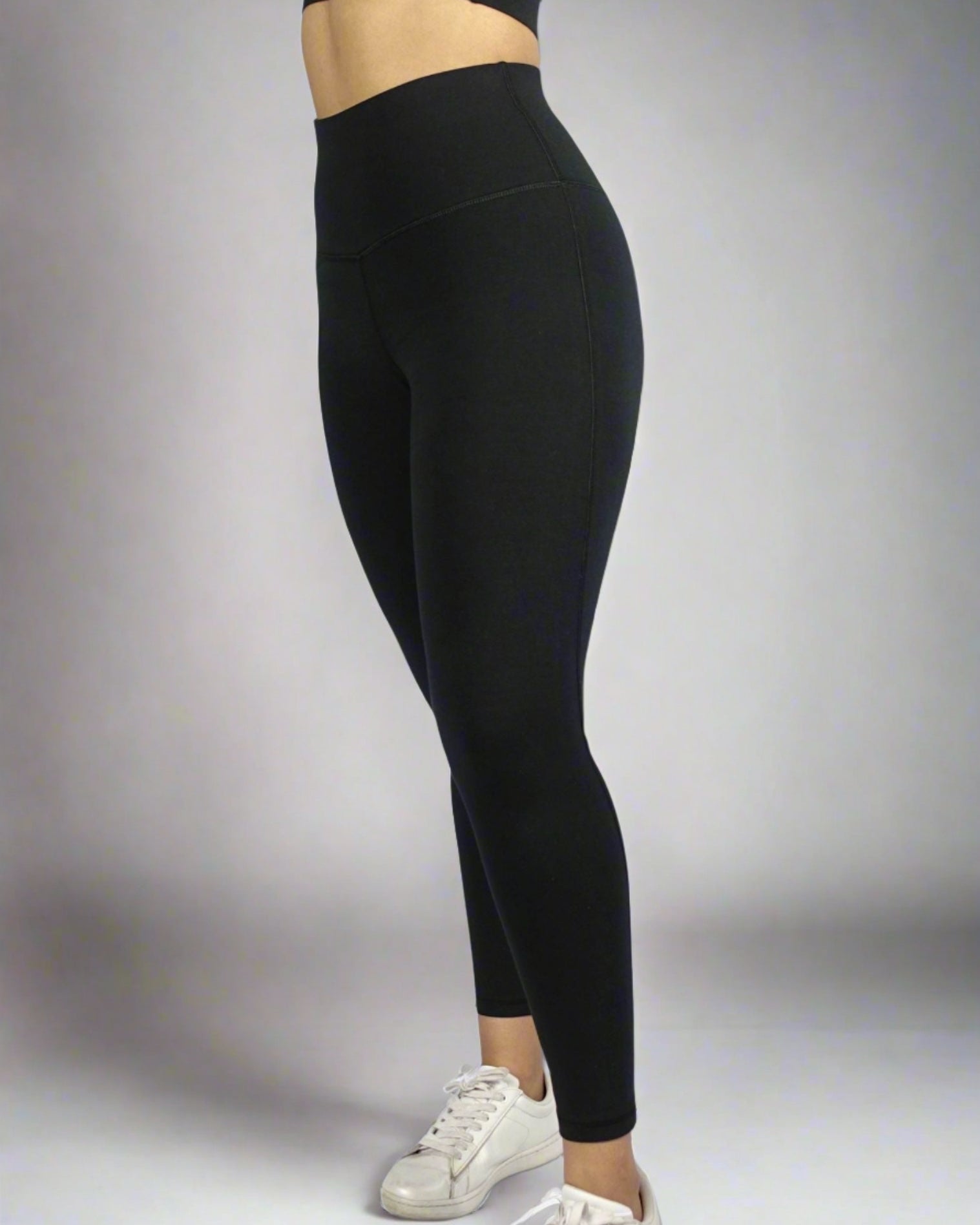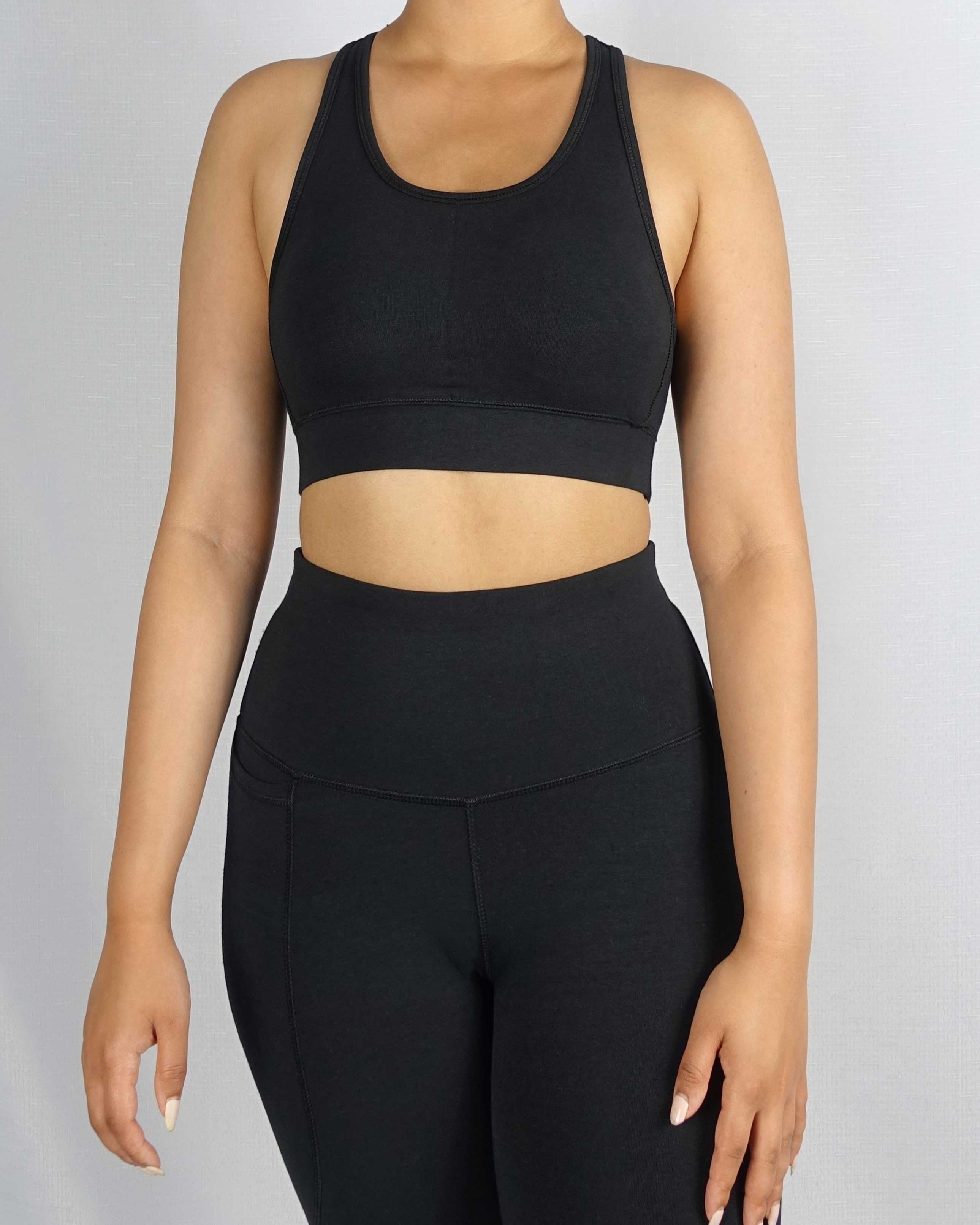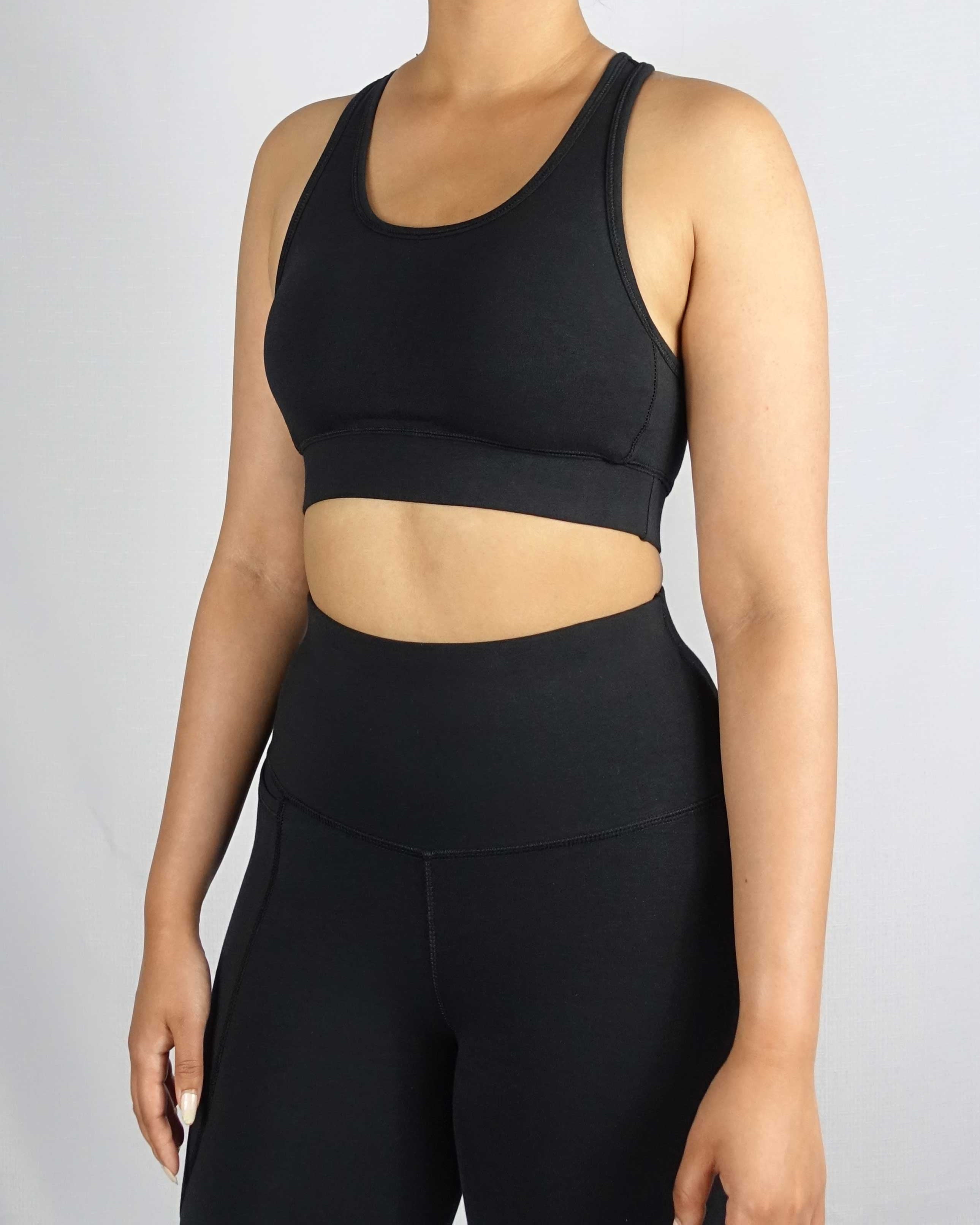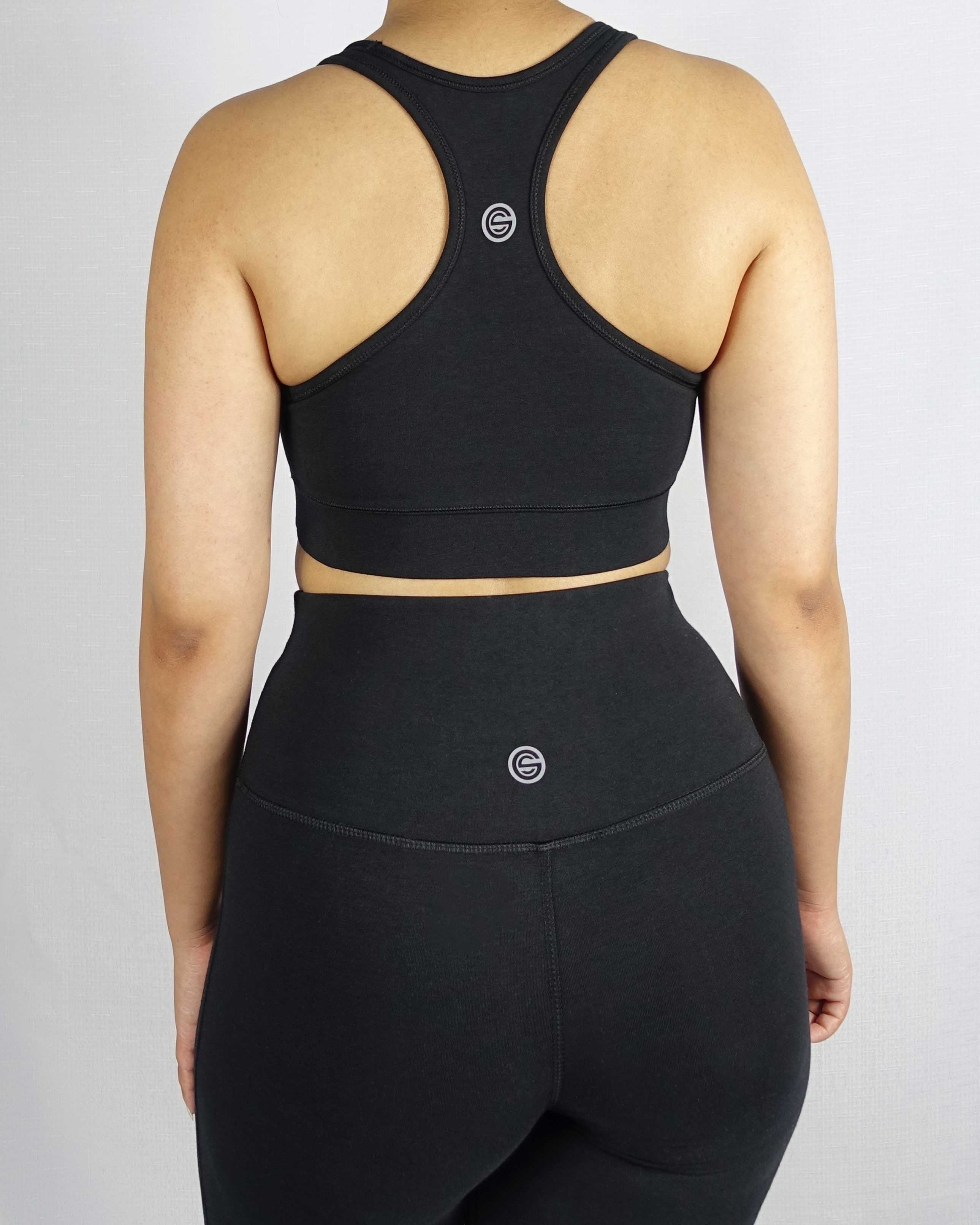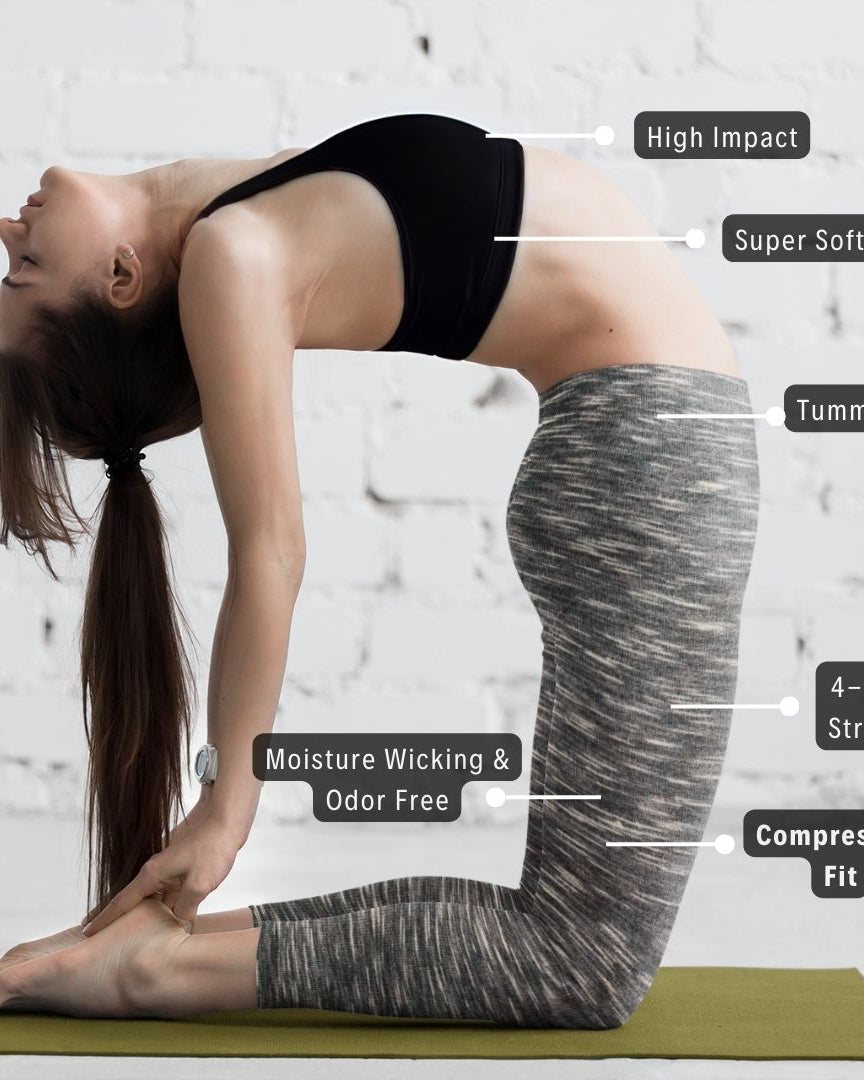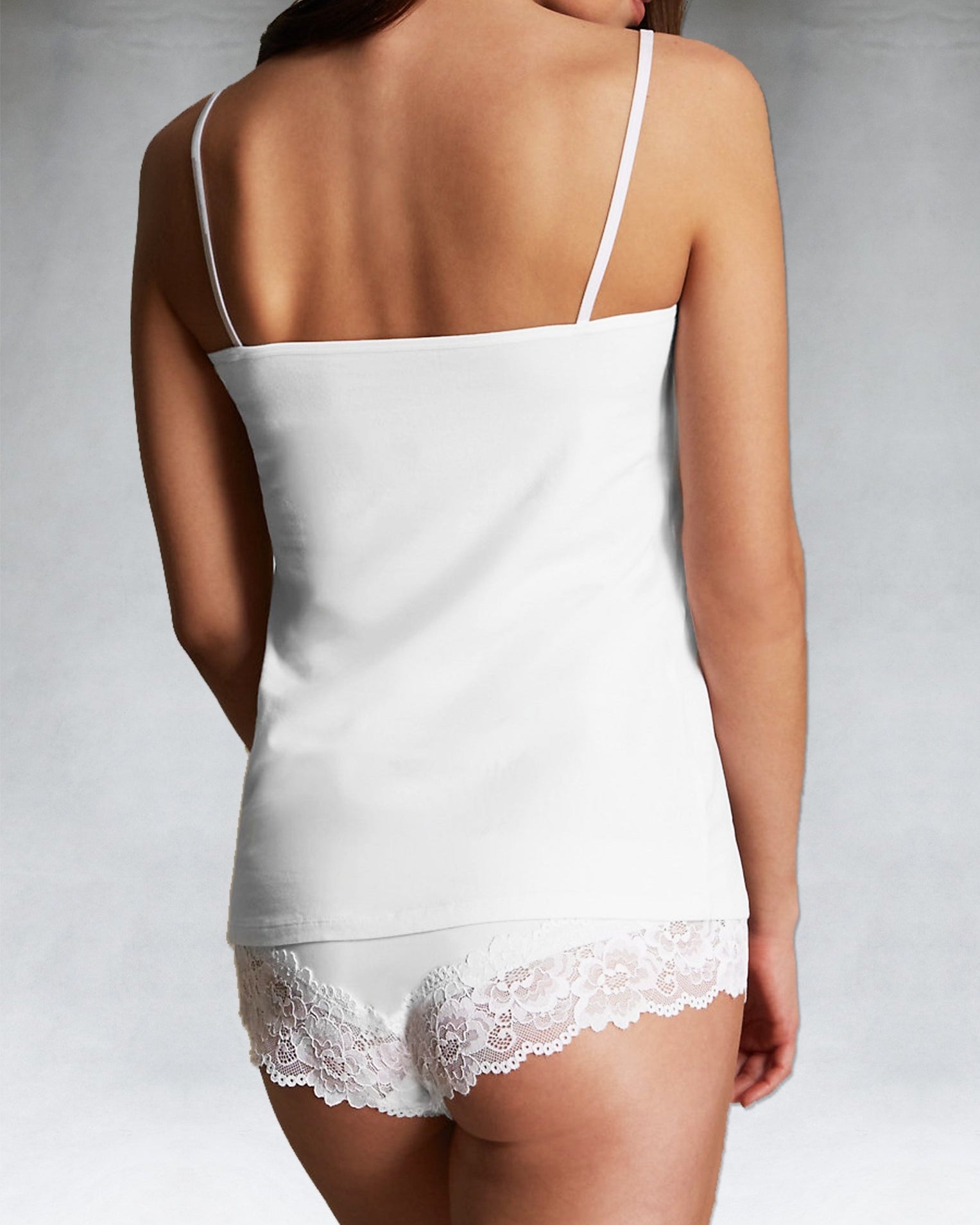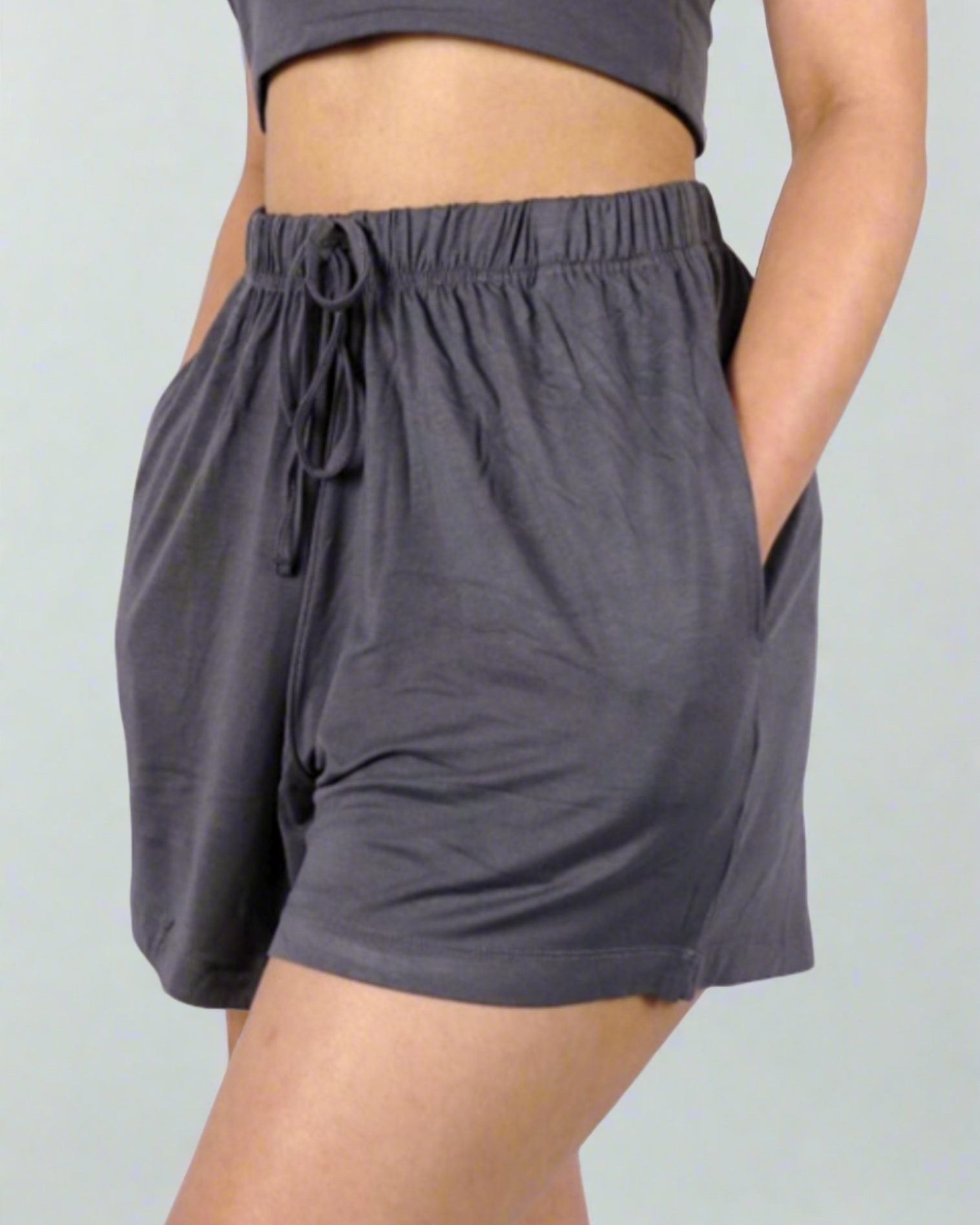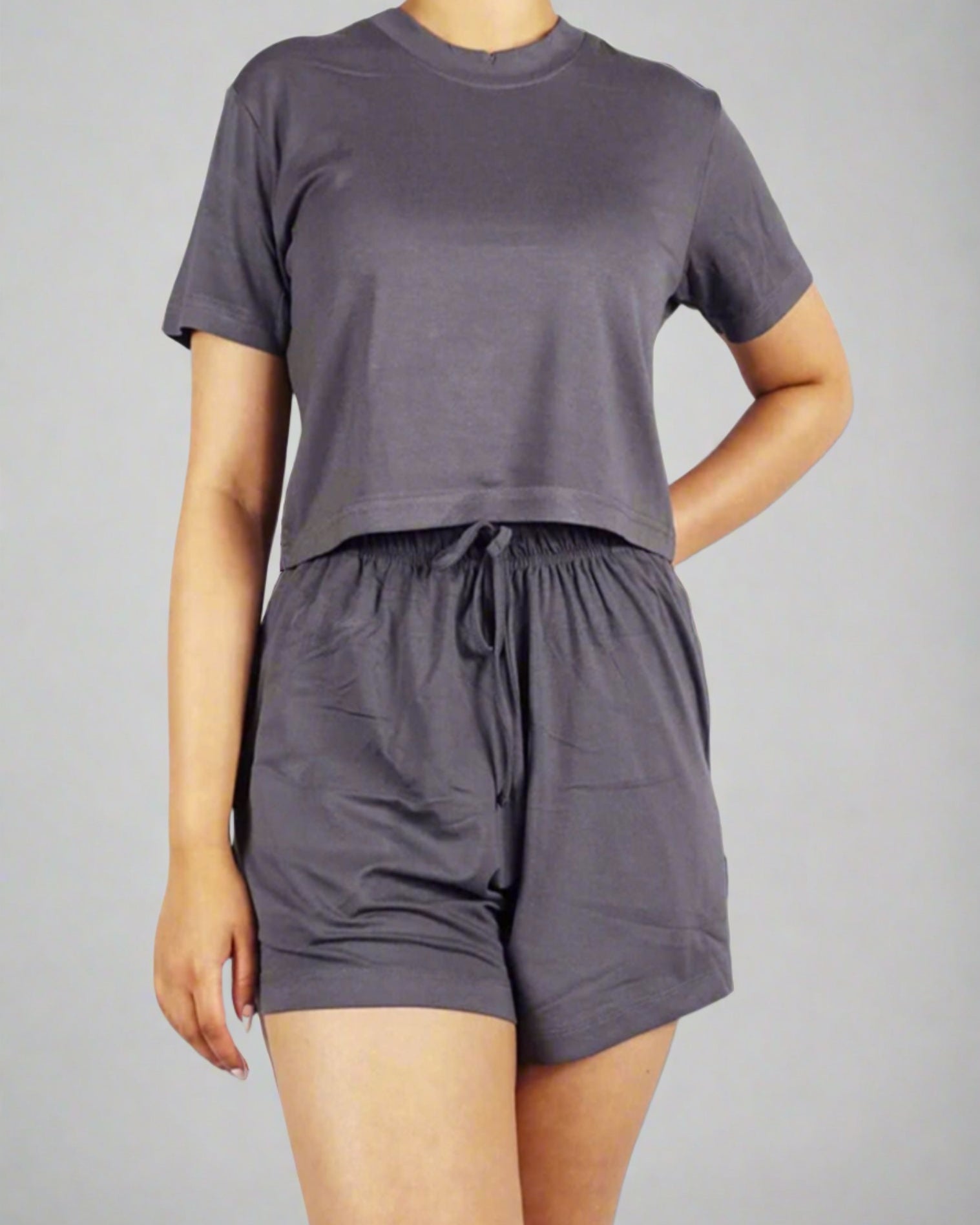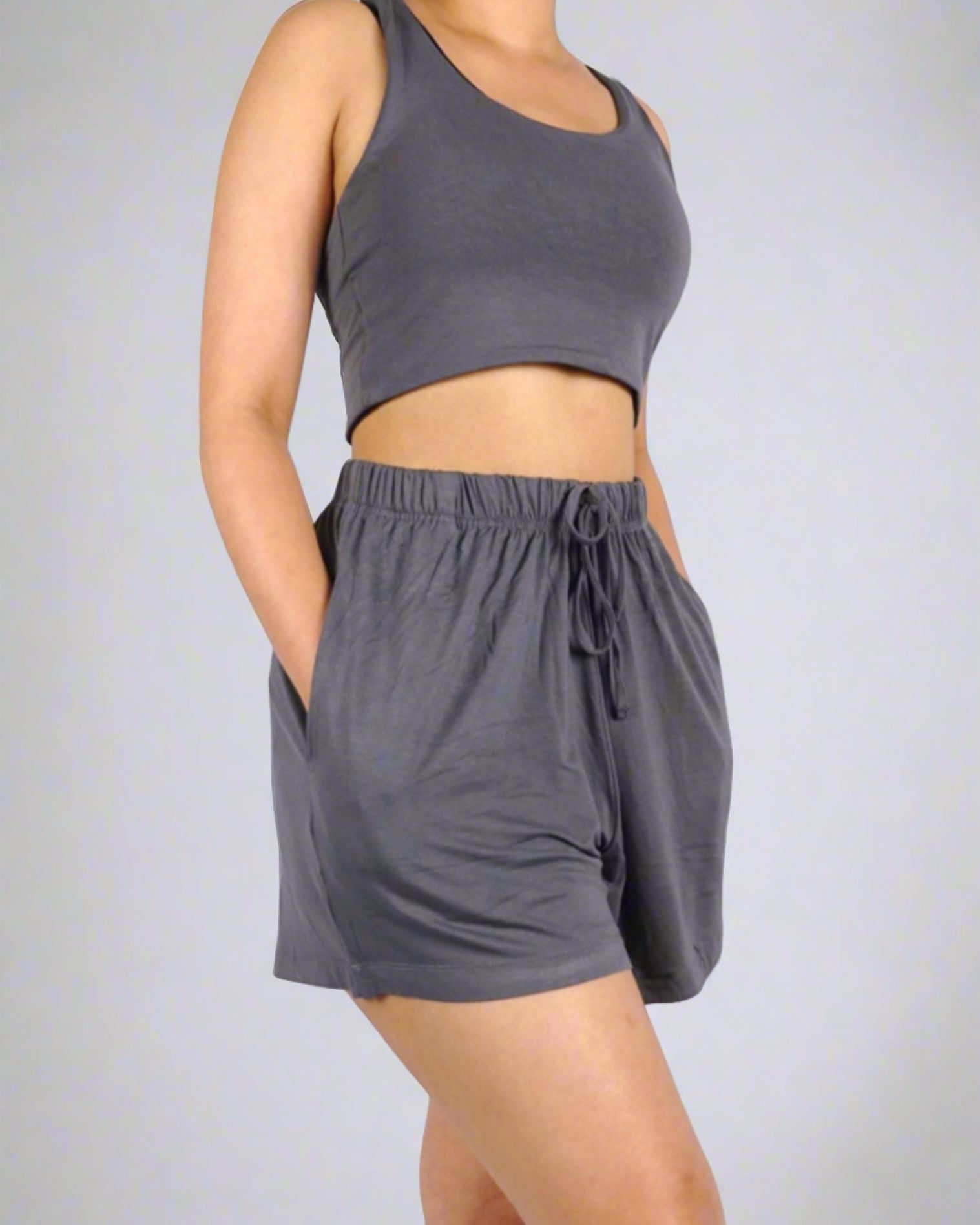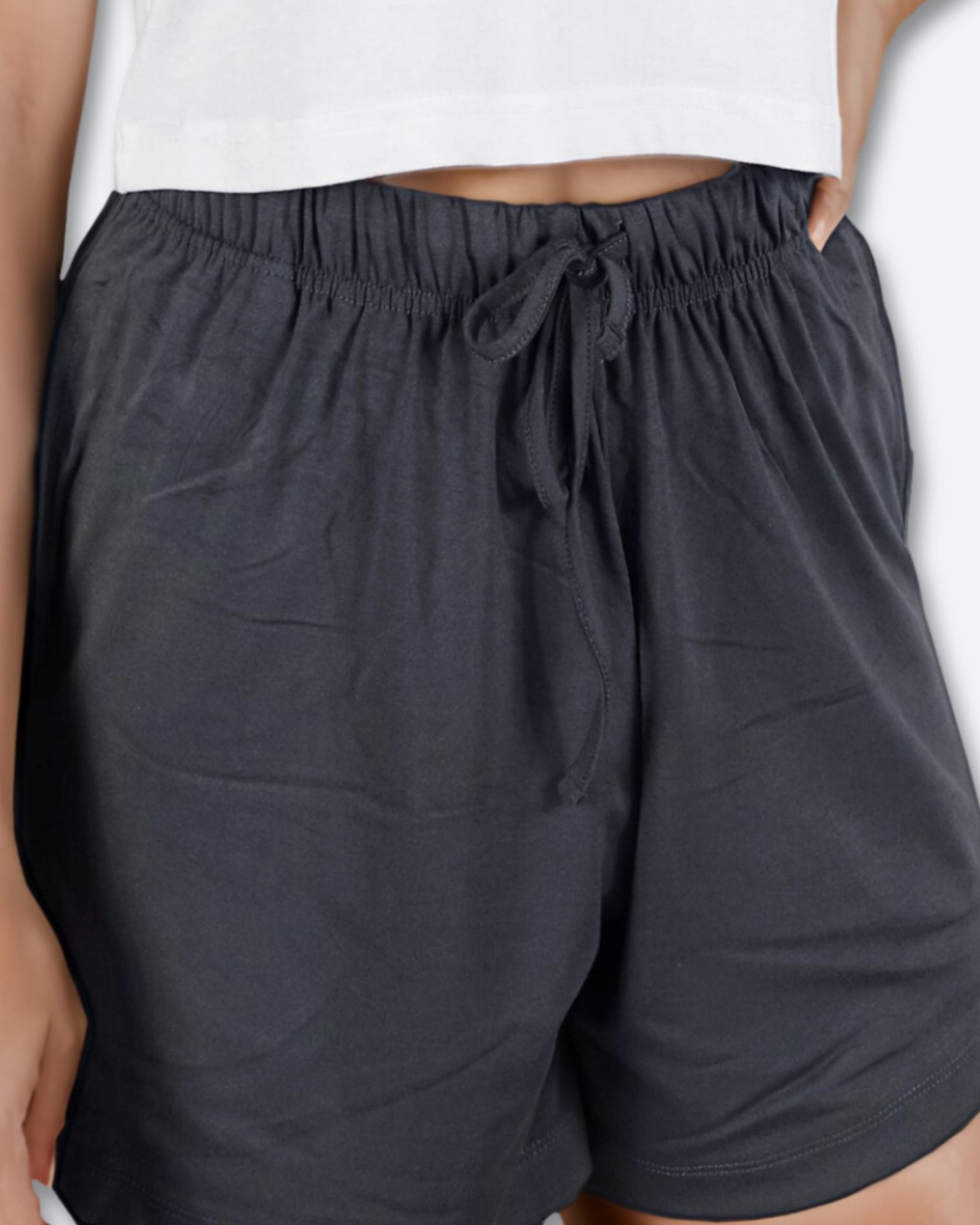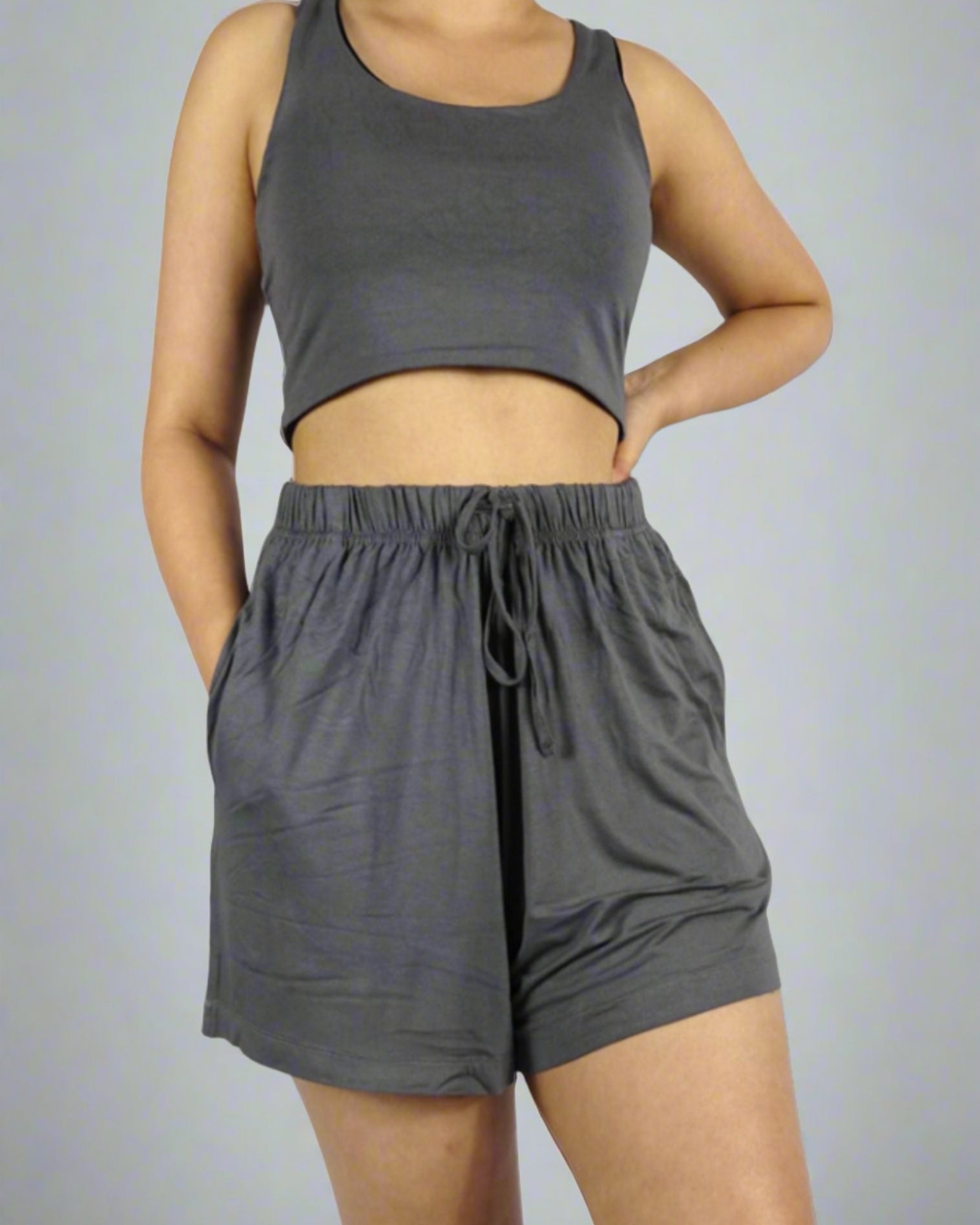Millions of tons of textile end up as waste every year. This mind-boggling number keeps increasing each year, especially since the lifespan of clothing has changed. While the US has the highest textile waste yearly, Australia is close behind producing a high amount of waste in comparison to its population. According to Circular Sourcing, textile waste in Australia alone accounts for around 10 million kilos of fabric which is not seen or known, aka "hidden waste".
In this guide, we'll take a look at what sustainable fashion is, how it works, and how to be more stylish without destroying the planet. As consumers, we have a huge responsibility to think about where our clothes come from and whether they have a positive or negative impact on the world around us.
The more we know about these problems, the better we can do something about them.
What is Sustainable Fashion?
Sustainable Fashion is a movement that works towards sustainable and ethical fashion. According to the United Nations UN Alliance for Sustainable Fashion,
“Sustainability encompasses social issues, such as improvements in working conditions and remuneration for workers, as well as environmental ones, including the reduction of the industry’s waste stream, and decreases in water pollution and contributions to greenhouse gas emissions”.
Further, “...the UN commits to changing the path of fashion, reducing its negative environmental and social impacts; and turning fashion into a driver of the implementation of the Sustainable Development Goals”.
Sustainable Fashion must address the issues of waste, social inequality, and climate change and fashion design including manufacturing must work with the natural environment instead of removing from it (2). The perception that sustainable fashion is high end has to change as well.
Sustainable fashion is about ensuring that the clothes we wear are good for the people and the planet. Just as “green” products are gaining traction on store shelves today, so too are we in need of smart clothing options that are environmentally friendly, economical, and stylish.
Creating a Better Future
There are many ways we can help create a better future for all of us. This includes considering ecological and ecological impacts, as well as treating employees humanely when producing clothing. Manufacturing facilities and manufacturers have to be responsible for their workers as much as they must be responsible for ethical behaviour.
Impacts of Fast Fashion
Currently, fast fashion attributes to wardrobes being overhauled regularly. With the advent of clothing that cost less and are fast to produce, consumption has increased exponentially. This also means that such clothing do not last and have to be updated constantly.

While textile waste containing natural fibre takes anywhere around 20-200 years to decompose, textile waste that contain plastic such as polyester does not decompose at all and their particles can be seen in landfills, environment, waterways and so on (6). Read more about the scary truth about plastic here.
Impact of the Clothes We Wear
Studies have shown that textile and clothing prices have fallen which has led to consumers purchasing more impulse buy cheap and low quality garments which are easy to discard (3). And therefore, extending the lifespan of the garment is one of the most important aspect of sustainable fashion.
We need to question the impact of the clothes we wear and think about how our purchases will affect the planet. The fashion industry has a huge responsibility to think about where its clothes come from and whether they have a positive or negative impact on the world around us. The more we know about these problems, the better we can do something about them.
There are many ways we can help create a better future for all of us. This includes considering ecological and ecological impacts, as well as treating employees humanely when producing clothing.
Awareness for Sustainable Fashion
But the good thing is that slowly, but surely there is more and more awareness about sustainability and how it affects fashion. As the fashion industry grows more eco-conscious, more and more companies are improving their sustainability strategies to include practices that will sustain the environment and create positive impact (1).
Although some individuals remain apathetic to sustainability, it is inspiring to acknowledge the increasing community of like-minded individuals who diligently strive to make a positive impact on our planet through their commitment to eco-friendly practices.
It is impressive to witness the younger generation embracing and actively supporting sustainability. It is especially great to see their acceptance commitment towards sustainability in fashion.
For example, Cassandra Pintro in a recent article in Vogue Australia states that her consciousness towards following sustainable fashion has grown to an extent that she will not be shopping for a year. Now that is what we call commitment and being a role-model. She has also launched the Consumption Project where you pledge for “Doing more with Less” which we feel is pretty cool!
What can we do?
Sustainable fashion is about making ethical choices when it comes to clothing. You can make these choices by,
- reducing waste
- reusing and repurposing clothes in your wardrobe
- buying secondhand or ethically-produced clothes
- shopping for clothes that last longer
- saying yes to slow fashion
- supporting sustainable labels
- or even just buying fewer pieces of new clothing
Fashion is a powerful economic, social, and moral force. It's time to create change in the industry! As a cohort, we have the power to walk the talk and support sustainable initiatives.
Walk with us!

References
-
Grazzini, L., Acuti, D., & Aiello, G. (2021). Solving the puzzle of sustainable fashion consumption: The role of consumers’ implicit attitudes and perceived warmth. Journal of Cleaner Production, 287, 125579.
-
Huanzhang Wang, Honglei Liu, Sang Jin Kim, Kyung Hoon Kim. (2019). Sustainable fashion index model and its implication, Journal of Business Research, Volume 99, Pages 430-437, ISSN 0148-2963, https://doi.org/10.1016/j.jbusres.2017.12.027. (https://www.sciencedirect.com/science/article/pii/S0148296317305210)
-
Niinimäki, K (Ed.). (2013). Sustainable fashion: new approaches. Helsinki: Aalto ARTS Books. https://aaltodoc.aalto.fi/handle/123456789/13769(Accessed 1 October 2014).
-
Armstrong, C., Niinimäki, K., Kujala, S., Karell, E. & Lang, C. (2015). Sustainable Product-Service Systems for Clothing: Exploring Consumer Perceptions of Consumption Alternatives in Finland. Journal of Cleaner Production (in press)
-
Cassandra Pintro. (2023). Why I (a fashion-lover) am giving up fashion—for now. Vogue Australia. https://www.vogue.com.au/fashion/why-i-a-fashionlover-am-giving-up-fashionfor-now/news-story/d9d4b3c4d914c738d1cd609ee4278876
-
What is the UN Alliance for Sustainable Fashion? (n.d). UN Fashion Alliance. https://unfashionalliance.org/

